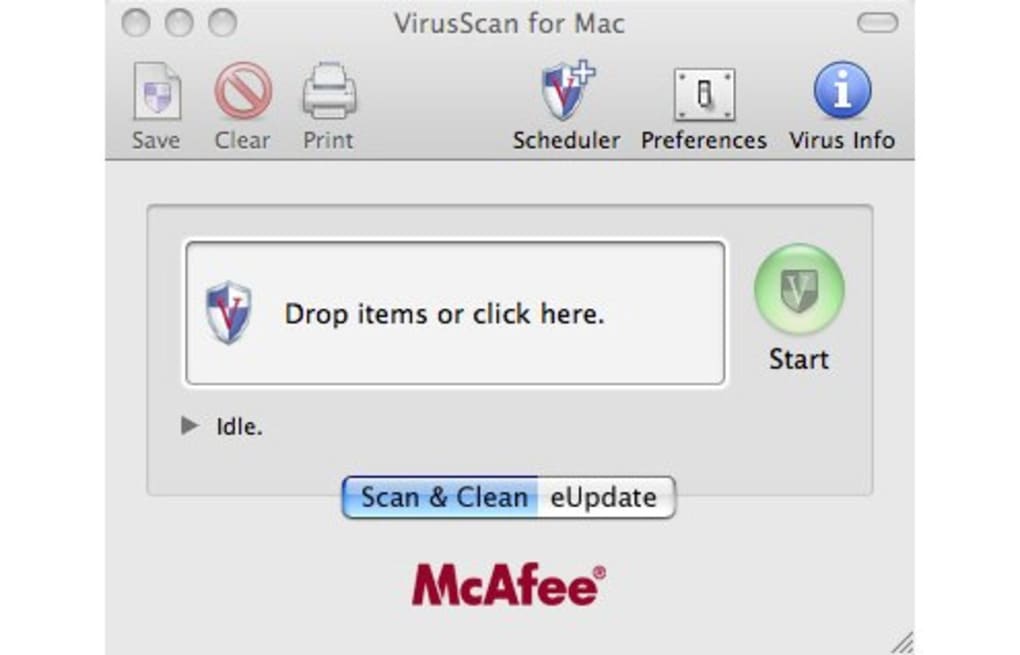

Clamxav uninstall mac code#
We are working with them to gather information about the environments in which this occurs and we hope they will provide us with a solution soon.įor the reasons described above, we believe that this can only be an issue with Apple’s code and not our own, as we don’t ship any code that runs at the kernel level. This is something that we have contacted Apple about and they are actively exploring a fix. We never received reports of this on Intel Macs and the code is the same. Due to heavy reliance on the kernel by macOS (or any operating system), one of the main jobs of the kernel is to not panic – as this unexpected panic will likely cause the whole system to crash and reboot.Īs we are no experts in kernel design or, specifically, Apple’s implementation of an operating system kernel, we cannot explain why an operation made by our clamd process is now causing a panic. ClamXAV does not make use of kexts, so therefore cannot be directly responsible for causing a kernel panic – as dictated by operating system design fundamentals. The only way that developers of regular applications can interact with the kernel is through the use of kernel extensions (kexts). As such, it operates at a level far lower than regular applications (such as ClamXAV) and is purposefully isolated from the user and third-party application code. The kernel is crucial to the running of any operating system, as it handles process management, hardware interfacing, file systems etc. In the cases that have been reported to us, the panicked task is listed as “clamd”, which is the process responsible for Sentry – our background monitor. the task from which the kernel received a syscall at the time of the panic. When the macOS kernel panics, a panic report is generated which displays recently loaded kernel extensions (kexts) and the name of the panicked task – i.e. We reached out to the makers of ClamXAV, Canimaan Software, and they told us the following…
Clamxav uninstall mac mac#
I have also seen occasional, and similar, reboots on my daughter’s Mac Mini M1, which also uses ClamXAV. So, I’ve uninstalled ClamXAV and the reboots have stopped.

The only thing that appears to be consistent this time is that it’s always when the laptop is running on battery. Indeed, just before it started again, I hadn’t installed anything new at all. I have no idea why, but it’s the same error and I don’t have OneDrive installed. Now, a few weeks later, it’s started rebooting again. After some weighing up, I decided to keep ClamXAV, updated to the beta version which people were finding helped with the situation, and just used the online version of OneDrive. I uninstalled ClamXAV and the problem went away. In my particular case, it appears something specific about it scanning OneDrive was causing the problem. Panic(cpu 4 caller 0xfffffe00184dd618): “uipc_send connected but no connection?”Ī search of the internet revealed other people seeing the same and it being an issue with ClamXAV. Looking at the crash details (when your Mac crashes it gives you the option to report it – if you do, you can view the contents of the information being sent), I saw this… Well, until I installed Microsoft OneDrive and then started getting regular Purple Screens of Death (where the screen flashes purple before rebooting). When I switched to an M1 MacBook Pro, ClamXAV continued to work just fine. And, for these reasons, it’s my own AV of choice. Simple to use and with a small footprint, it’s pretty unobtrusive.
Clamxav uninstall mac for mac#
ClamXAV is an often forgotten anti-virus solution for Mac users.


 0 kommentar(er)
0 kommentar(er)
